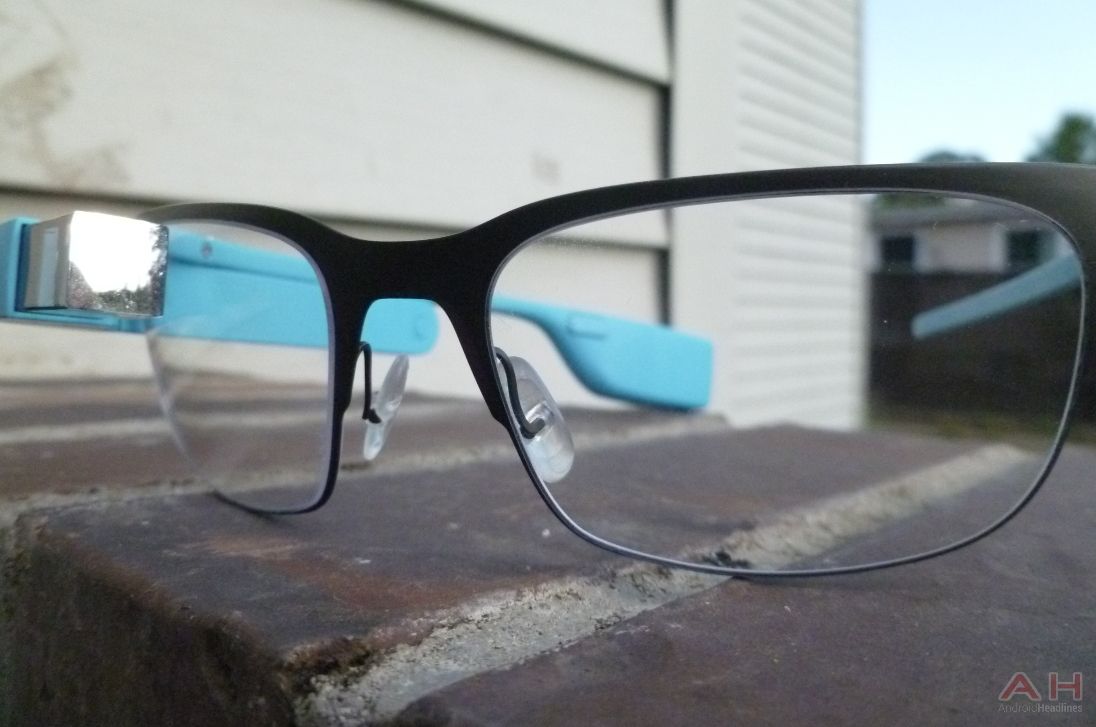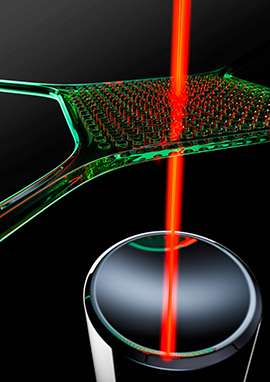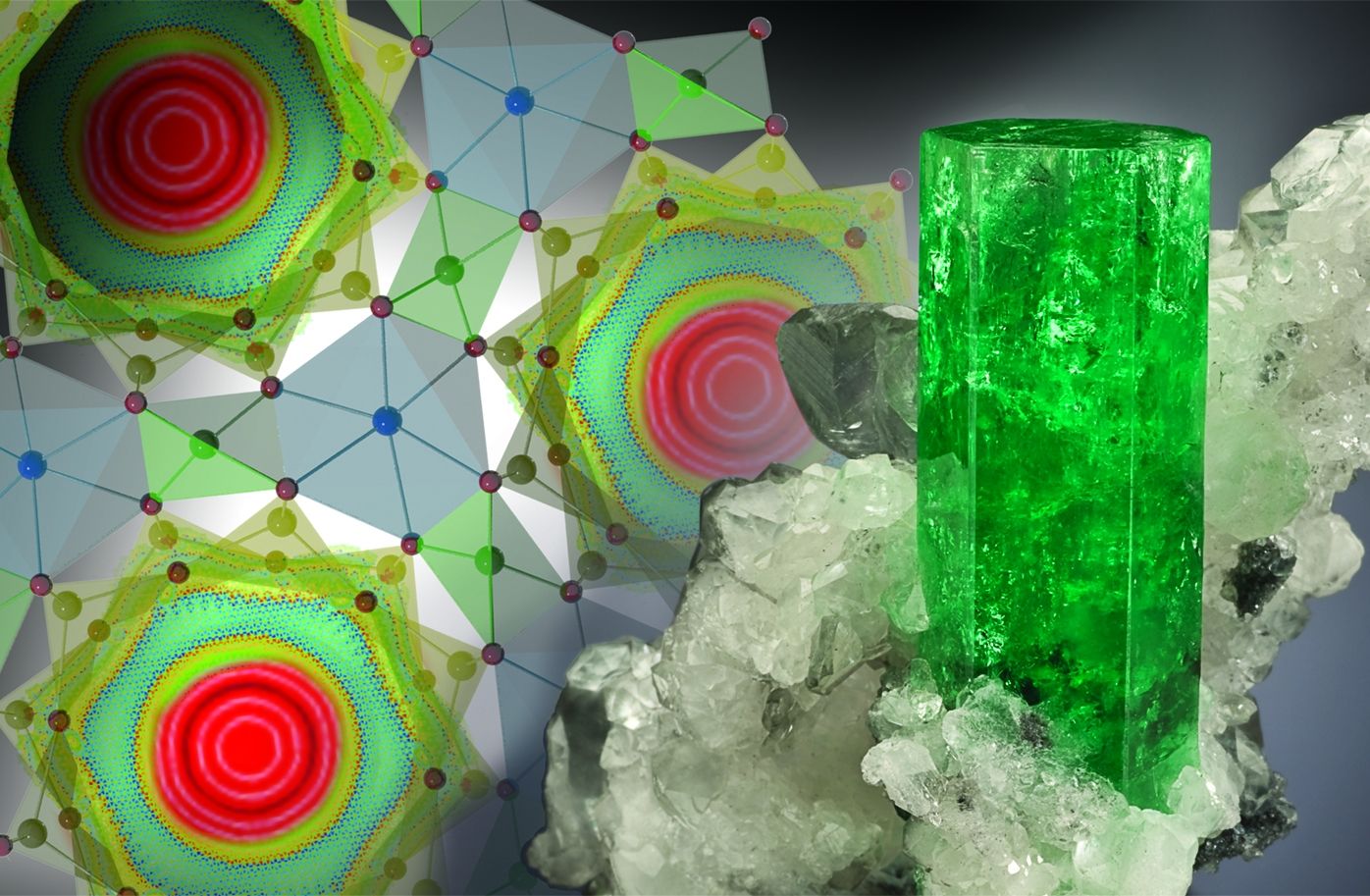Page 11246
Apr 25, 2016
AI Helps Scientists Develop Anti-Poaching System
Posted by Karen Hurst in categories: computing, information science, mathematics, robotics/AI, security
A team of computer scientists from the University of Southern California (USC) have been successful in developing a new method to alleviate wildlife poaching. The National Science Foundation (NSF) funded the project that has created a model for ‘green security games’.
This model is based on game theory to safeguard wildlife from poachers. Game theory involves predicting the actions of enemy using mathematical equations and subsequently formulating the best possible restrain moves. This model will enable more efficient patrolling of parks and wildlife by park rangers.
An artificial intelligence (AI) application, known as Protection Assistant for Wildlife Sanctuary (PAWS) was developed by Fei Fang, a Ph.D. candidate in the computer science department at USC and Milind Tambe, a professor of computer science and systems engineering at USC, in 2013. The team has since then spent a couple of years to test the effectiveness of the application in Uganda and Malaysia.
Continue reading “AI Helps Scientists Develop Anti-Poaching System” »
Apr 25, 2016
New Funding Could Bring Google Glass To More Hospitals
Posted by Karen Hurst in categories: augmented reality, biotech/medical, business, health, wearables
Nice
The consumer version of Google Glass smart wearable probably won’t be coming to the market anytime soon, but it seems like the project is far from dead. Namely, one of the startups which came to being after Google originally revealed its hi-tech headset several years ago is now raising new capital in order to bring Google’s optical head-mounted display into more hospitals and other health care facilities. The company in question is Augmedix, one of the ten official “Google Glass for Work” partners. Its main activity is developing software for wearable devices utilized in the medical industry, i.e. co-developing inventions which should make doctors’ lives easier. As Augmedix’s CEO Ian Shakil puts it, the doctors are “engaging with patients in front of them” while his company’s inventions are taking care of the “burdensome work in the background”.
Augmedix managed to raise $17 million of strategic investment capital from five institutions: TriHealth Inc., Sutter Health, Catholic Health Initiatives, Dignity Health, and a fifth, yet unnamed entity. This is the second round of funding the Silicon Valley company managed to secure in just over a year after raising $16 million in 2015. In total, the groups which financed Augmedix’s endeavors represent more than 100,000 health care providers. Naturally, the company can’t yet aim to deliver 100,000 of smart wearables designed for the medical industry, but it’s slowly getting there. Specifically, it’s currently providing equipment and services to hundreds of physicians and surgeons and is hoping to do the same with “thousands” more by 2017. No concrete figures have been provided by Augmedix, though the startup did confirm that it’s currently achieving a “multi-million dollar revenue” on a yearly basis.
Continue reading “New Funding Could Bring Google Glass To More Hospitals” »
Apr 25, 2016
Nokia Shows How Network Field Engineers Can Use Augmented Reality
Posted by Karen Hurst in category: augmented reality
Nokia OZO shows how augmented reality (AR) can help reduce field force errors significantly.
Apr 25, 2016
Zotac VR Backpack Makes Virtual Reality Wireless … But Not Exactly Convenient
Posted by Karen Hurst in categories: computing, virtual reality

https://youtube.com/watch?v=96vtlLnSHG0
Zotac specializes in making small computers, like their Magnus EN980, which packs a lot of powerful hardware into a tiny space. The company has used their proficiency with making compact hardware and applied it to this virtual reality backpack; it’s wireless and battery-powered, so you can explore an open space without having to worry about tripping on any wires.
The promotional video cites the possibility of tripping on wires as the main reason why you’d want one of these, but that justification might not be enough to sell you on it. Wireless VR headsets don’t exist yet, but they will soon. Optoma has been working on a cloud-based wireless VR headset; the reason that other companies haven’t done that yet is because of concerns about lag or reduction in picture quality. Optoma claims their headset doesn’t have these issues, and if that’s true, they could end up competing handily with Sony and Oculus, both of which require the user to remain plugged in at all times. Optoma’s headset won’t launch for another year, so until then, hardware developers have had to come up with some other ways to go wireless with VR.
Continue reading “Zotac VR Backpack Makes Virtual Reality Wireless … But Not Exactly Convenient” »
Apr 25, 2016
The Museum of Modern Art gets into virtual reality
Posted by Karen Hurst in categories: entertainment, virtual reality
Works from the Sundance Film Festival are making a pit stop in Manhattan for MoMA’s Slithering Screens series.
Apr 25, 2016
Scientists take next step towards observing quantum physics in real life
Posted by Karen Hurst in categories: computing, drones, particle physics, quantum physics, transportation
Turning on Quantum properties onto a cup of coffee. First step; should be interesting in what researchers discover especially around teleporting. Imaging you’re Dominos pizza with a teleport hub and customer orders a pizza. No longer need a self driving car, or drone; with this technology Dominos can teleport your hot fresh pizza to your house immediately after it is out of the oven.
Small objects like electrons and atoms behave according to quantum mechanics, with quantum effects like superposition, entanglement and teleportation. One of the most intriguing questions in modern science is if large objects – like a coffee cup — could also show this behavior. Scientists at the TU Delft have taken the next step towards observing quantum effects at everyday temperatures in large objects. They created a highly reflective membrane, visible to the naked eye, that can vibrate with hardly any energy loss at room temperature. The membrane is a promising candidate to research quantum mechanics in large objects.
The team has reported their results in Physical Review Letters.
Continue reading “Scientists take next step towards observing quantum physics in real life” »
Apr 25, 2016
Scientists Create New Quantum State Of Water
Posted by Karen Hurst in category: quantum physics
From our friends at ORNL — experiment conducted by scientists at ORNL shows Quantum under pressure produces water. Love the Bowie & Queen video added to the story.
Apparently a molecule under pressure violates the laws of classical physics.
Apr 25, 2016
LISTEN LIVE @ 11:30 am ET: NASA to Discuss Solar Electric Propulsion
Posted by Sean Brazell in categories: futurism, space travel
NASA will hold a teleconference press briefing on Thursday, April 21, to detail its latest advancements in solar electric propulsion for deep-space missions. The briefing will begin at 11:30 a.m. EDT (1530 GMT) on NASA’s News Audio page, and will be embedded below if possible once it goes live. (Note: The window below will play NASA TV until the briefing time.)
From NASA:
“Tuesday’s award of a contract to Aerojet Rocketdyne, Inc. for the design and development of an advanced electric propulsion system is the latest SEP milestone. A new electric propulsion system could significantly advance the nation’s commercial space capabilities, and enable future deep space missions, including NASA’s Journey to Mars.”
Apr 25, 2016
Adelaide AI pioneer says Terminator-like takeover unlikely
Posted by Amnon H. Eden in categories: existential risks, robotics/AI, singularity
Apparently, Rodney Brooks, AI pioneer (@MIT CS & AI Lab; iRobot), is skeptical about artificial superintelligence:
“The difference between science fiction robots and real-life creations was the concept of robots being able to learn and teach themselves independently. A person can generalise, but we don’t have that kind of generalisation in any of these AI learning systems. So relax is my message.”
Or is he? This article by ABC Australia was focused on the same unfortunate meme, the unlikely Terminator which nobody has ever seriously suggested is realistic: “The Terminator series of movies foretold the future of humans and robots with Skynet becoming self-aware and launching its own nuclear war. But Professor Brooks said that was just science fiction.”
Continue reading “Adelaide AI pioneer says Terminator-like takeover unlikely” »

















